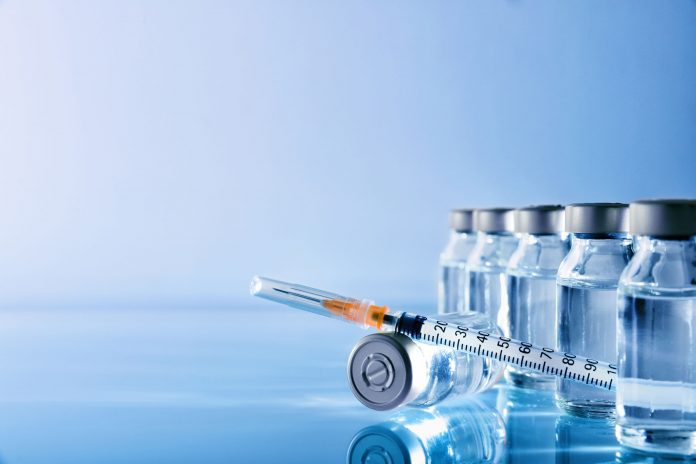
In 1996, a vial of Humalog (roughly a month’s supply) cost patients about $25 per vial. By 2017, the anti-diabetes medication cost nearly $275. Insulin prices have only increased since then. A Business Insider article estimates that from 2017 to 2019 the average diabetic spent $300 to $400 for a month’s supply of insulin.
To afford their vital medication and make financial ends meet, many people with diabetes ration their insulin. One STAT article finds that 25 percent of diabetics rationed their insulin at least once a year due to financial difficulties. When rationing isn’t enough and times are desperate, some people turn to black markets.
After repeated failed attempts from the federal government to lower insulin prices, state governments are taking matters into their own hands.
In May 2019, Colorado became the first state to cap insulin copayments. Under Colorado House Bill 19-1216, insulin prescription copays were capped at $100 a month, and health insurance providers are required to cover additional expenses. Applauding Colorado for becoming the first state to pass such a measure, Colorado Governor Jared Polis announced the law would “finally declare that the days of insulin price gouging are over.”
Other states have followed Colorado’s example. As of April 2020, Illinois, Maine, New Mexico, New York, Utah, Washington, West Virginia all passed legislation capping insulin copayments. Many more states are likely to join this list in 2021.
While politicians and advocacy groups are hopeful that capping insulin copays will provide diabetics with enough insulin to manage their blood glucose levels without breaking their bank accounts, I’m less optimistic.
Most legislation capping insulin copays has not taken full effect, but enough time has passed to examine the impact of Colorado’s capping legislation. The results paint a dismal picture.
As an article in the Denver Post notes, the insulin copay restrictions have failed to help many families better afford insulin. One reason that the legislation fails to account for the complexities of the insulin-diabetic treatment market. For example, many insulin-using diabetics use more than one type of insulin, a fact overlooked by the lawmakers. Confusion over whether insurance providers were expected to incorporate copay caps when the law took effect or when policies were renewed also left many policyholders no better off than they were before.
As of November 2020, eleven months after Colorado’s law took effect, one survey finds nearly 40 percent of diabetic Coloradoans still “dangerously ration” their insulin. Colorado legislators hope further regulation will eliminate “loopholes” in the law, but history is not on their side.
Colorado’s policy failure is predictable when we consider the patient and the insurance provider’s incentives. Lowering copay maximums transfers insulin costs from the patient to the insurance providers. Consequently, patients are likely to use more insulin. Facing higher operation costs, insurance providers must find ways to cut costs (including finding loopholes in laws) or raise insurance premiums. Although patients might pay less out of pocket for insulin, they will likely pay more for health insurance, face policy-related complications making it more difficult to getting insulin, or both.
Our neighbor to the north provides an example. Although Canada has a price cap on insulin and makes some insulins available over the counter, many of its diabetics still have to ration their insulin because policy efforts to curtail “stockpiling” or “panic buying” limit how much insulin patients are allowed to buy at a time.
The fundamental problem with policies that try to resolve high drug prices by dictating who should pay for them is that they fail to address why the drugs are expensive in the first place. The answer comes down to a lack of competition and protective regulations. As I noted in an op-ed I wrote in The Hill; insulin is least expensive in countries where drug producers aren’t protected from competition by onerous regulations and favorable drug policies.
Any policy efforts which do not address regulatory barriers to competition are treating the symptoms of why insulin is expensive, not the source. Let’s hope the new year brings new hope of desperately needed drug policy reform.